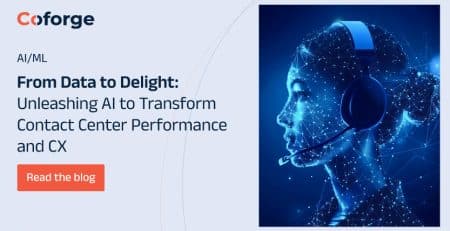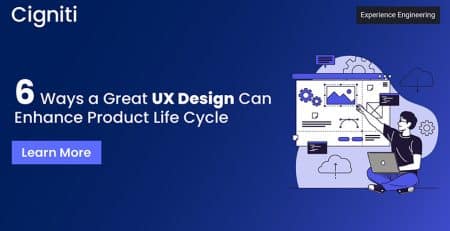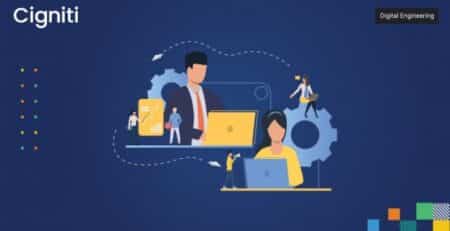Why Observability is Key to App Modernization and Increase Business Resilience
The performance and resilience of an application are used to measure the speed and scale of an organization. This is one of the key reasons businesses opt to modernize legacy applications using cloud-native technologies and platforms. According to a Gartner report, more than 95% of new digital efforts would be built on cloud-native platforms by 2025, up from less than 40% in 2021.
Organizations are able to deliver new features and capabilities to their customers faster by switching to cloud-native architectures. Typically, cloud-based infrastructure and IT teams utilizing DevOps practices to release code faster form part of the app modernization process. Poorly functioning apps in today’s digital age can lead to a drop in business performance and customer abandonment.
However, businesses can be at risk if applications are modernized without having a clear picture of how a modification or deployment can affect infrastructure health, application performance, and end-user experience. At Cigniti, our observability practice is there to mitigate this risk. Application teams can deploy apps faster and identify opportunities to improve business performance and customer experience with Cigniti’s observability in place.
What is Observability?
Application teams can effectively manage the ever-increasing complexity of modern applications and systems by using observability to pinpoint the root cause of problems. It goes beyond traditional monitoring by utilizing sophisticated software intelligence, continuous automation, and AI support. The observability practice delivers advanced traceability into application health and performance and provides vital insights for driving optimization.
Observability empowers the app teams to know what is occurring within their applications. It also enables them to take meaningful action – regardless of the underlying architecture or type of application. It does this by offering an integrated set of tools and processes. Three processes every app team should consider before undertaking any app modernization are:
1) Logging
Logging is a method for gathering logs from different input sources. Logs are typically available in raw format. App teams can analyze these logs to get meaningful insights and use the query type to get answers more quickly. Logs are often transferred to an output tool where they are organized. What should be logged, how it should be logged, and how logs are sent to a third-party system for aggregation are all defined by logging. Debug mode is deactivated to improve logging. This is done as debug levels for all logging would be exceedingly expensive to administer and result in more false positives, less important alerts, and difficulties obtaining crucial data. Debug should be the default setting only when troubleshooting, not in actual production scenarios.
2) Monitoring
The DevOps team undertakes the monitoring process. It basically includes tracking throughout the time the condition of infrastructure or environment. The team monitors for three reasons – 1) Detecting issues through alarms or looking at problems on dashboards. 2) Finding a solution to a problem involves investigating the underlying causes of problems. 3) Create reports and documentation for continuous improvement.
3) Tracing
The process involves tracking the calls made between different programs. Different service failures are designated as priorities, and the greatest priority is identified and notified immediately. The tracing process reveals what has already occurred or what is happening presently. Moreover, the process makes suggestions for additional code that may be added to the service to enhance application insights. All transactions taking place in the environment should be transparently visible from beginning to end is the ultimate objective of this process.
Observability for modernizing apps faster
The DevOps principles were created to improve the efficient and dependable delivery of software from development to operations and end customers. If application teams use these cutting-edge automation, pipeline, and deep observability technologies for application modernization tasks, they can complete application transformation projects faster. By investing in educating application teams in these methodologies and providing modern tooling to allow that training, organizations can progress people and projects into the next generation of cloud apps more reliably and efficiently.
Are you still thinking about how to implement observability in your app modernization process? Cigniti can help. Visit our Site Reliability Engineering page today.





Leave a Reply